Electrical Resistivity And Conductivity
Introduction
Electrical resistivity and conductivity are fundamental properties that determine how materials respond to electric currents. These properties are essential for designing electrical systems, selecting materials for specific applications and improving energy efficiency in various technologies.
Factors Influencing Specific Electrical Resistivity and Conductivity
Several factors influence the electrical resistivity and conductivity of materials:
Temperature
As temperature increases, the resistance of most conductors rises because lattice vibrations hinder electron flow. In semiconductors, resistance generally decreases with increasing temperature.
Material Composition
Different materials exhibit specific resistivity values. Metals typically possess low resistivity, making them suitable conductors, whereas non-metals and insulators exhibit higher resistivity.
Impurities and Defects
The presence of impurities and structural defects in a material disrupts electron flow and increases resistivity. High-purity materials tend to show lower resistivity.
Physical Dimensions
The resistivity of a material remains independent of its shape and size. However, the overall resistance depends on its length and cross-sectional area.
Electrical Conductivity of Metals
Metals are known for their high electrical conductivity. This property results from free electrons that move to transfer electrical charge. Alloying and processing techniques can adjust the conductivity of metals to meet specific electrical requirements.
Table of Electrical Resistivity and Conductivity
The following table gives an overview of the specific electrical resistivity and conductivity of common materials. Resistivity is typically measured in ohm-metres (Ω-m) and conductivity in siemens per metre (S/m).
|
Material |
Specific Resistivity (Ω-m) |
Conductivity (S/m) |
|
Silver |
1.59 × 10⁻⁸ |
6.30 × 10⁷ |
|
Copper |
1.68 × 10⁻⁸ |
5.96 × 10⁷ |
|
Gold |
2.44 × 10⁻⁸ |
4.10 × 10⁷ |
|
2.82 × 10⁻⁸ |
3.55 × 10⁷ |
|
|
Iron |
9.71 × 10⁻⁸ |
1.03 × 10⁷ |
|
Nickel |
6.99 × 10⁻⁸ |
1.43 × 10⁷ |
|
5.60 × 10⁻⁷ |
1.79 × 10⁶ |
|
|
Lead |
2.20 × 10⁻⁷ |
4.55 × 10⁶ |
|
1.06 × 10⁻⁷ |
9.43 × 10⁶ |
|
|
Carbon (Graphite) |
3.5 × 10⁻⁵ |
2.86 × 10⁴ |
|
6.40 × 10³ |
1.56 × 10⁻⁴ |
|
|
Rubber |
10¹⁴ - 10¹⁶ |
10⁻¹⁶ - 10⁻¹⁴ |
|
Glass |
10¹³ - 10¹⁶ |
10⁻¹³ - 10⁻¹⁶ |
|
Wood (dry) |
10⁻¹ - 10¹² |
10¹⁰ - 10⁻⁹ |
|
Water (distilled) |
18.2 × 10³ |
5.49 × 10⁻⁵ |
|
Concrete |
10¹⁴ - 10¹⁶ |
10⁻¹⁶ - 10⁻¹⁴ |
Notes:
- Metals (such as Silver, Copper and Aluminium) exhibit low specific resistivity and are therefore widely used as conductors.
- Semiconductors such as Silicon possess moderate specific resistivity and are used in electronic devices.
- Insulating materials such as Rubber, Glass and Wood display high specific resistivity and low conductivity.
- Water in its pure form (distilled) has a relatively high specific resistivity; however, impurities (for example, salts) considerably increase its conductivity.
Frequently Asked Questions
What is the difference between electrical resistance and conductivity?
Electrical resistance measures how strongly a material opposes the flow of electric current, whereas conductivity indicates how easily current flows through a material.
How does temperature affect the electrical conductivity of metals?
In metals, electrical conductivity generally decreases as temperature increases, owing to enhanced scattering of electrons by lattice vibrations.
Why are metals more conductive than non-metals?
Metals contain free electrons that move readily through their lattice, thereby facilitating current flow. Non-metals lack such free charge carriers.
Can impurities improve the conductivity of a metal?
In general, impurities increase a metal’s specific resistivity by disrupting its regular lattice structure and impeding electron flow.
For which applications are materials with high electrical conductivity required?
Materials with high electrical conductivity are required for electrical wiring, power transmission, electronic devices and components such as connectors and switches.

 Bars
Bars
 Beads & Spheres
Beads & Spheres
 Bolts & Nuts
Bolts & Nuts
 Crucibles
Crucibles
 Discs
Discs
 Fibers & Fabrics
Fibers & Fabrics
 Films
Films
 Flake
Flake
 Foams
Foams
 Foil
Foil
 Granules
Granules
 Honeycombs
Honeycombs
 Ink
Ink
 Laminate
Laminate
 Lumps
Lumps
 Meshes
Meshes
 Metallised Film
Metallised Film
 Plate
Plate
 Powders
Powders
 Rod
Rod
 Sheets
Sheets
 Single Crystals
Single Crystals
 Sputtering Target
Sputtering Target
 Tubes
Tubes
 Washer
Washer
 Wires
Wires
 Converters & Calculators
Converters & Calculators
 Write for Us
Write for Us
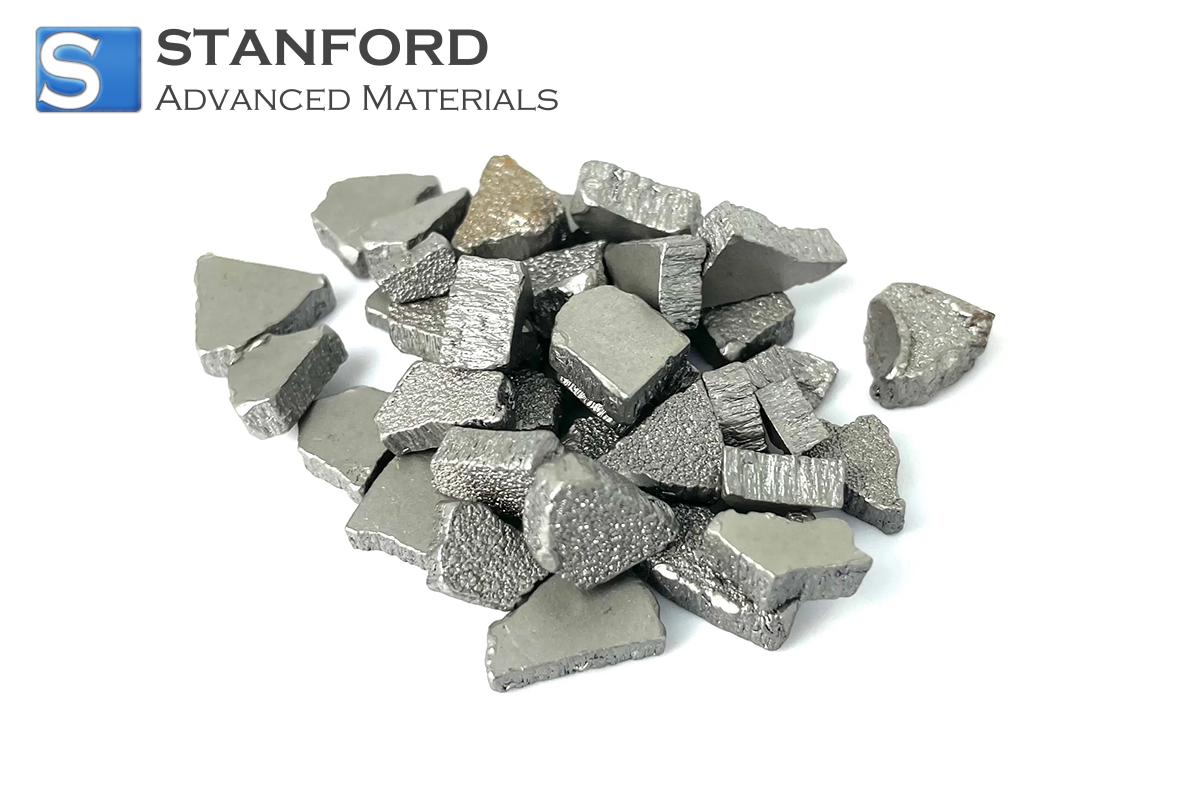
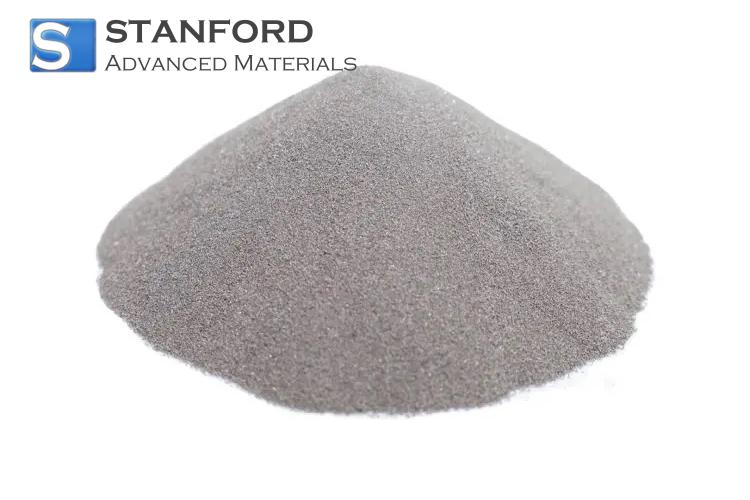
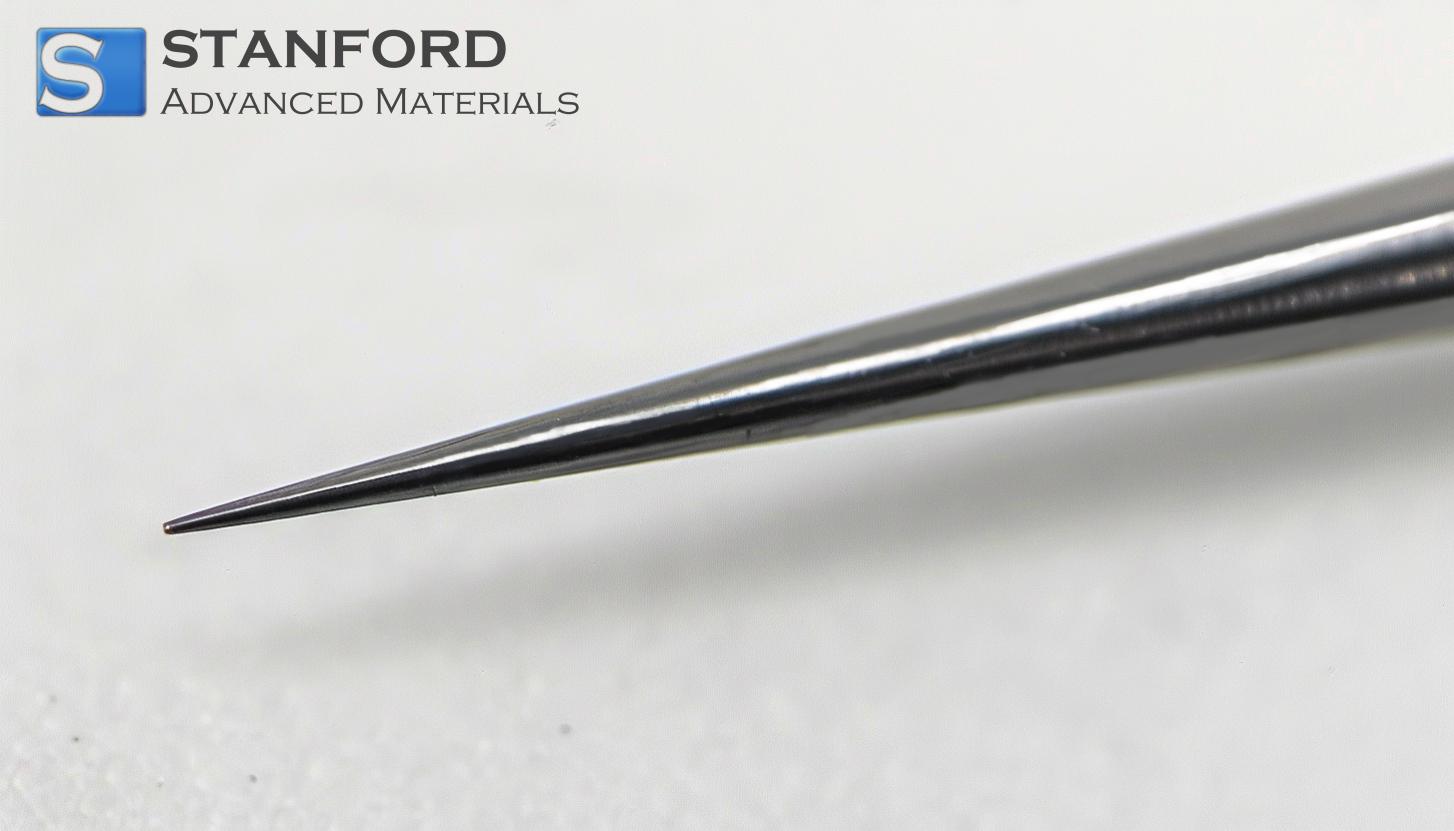
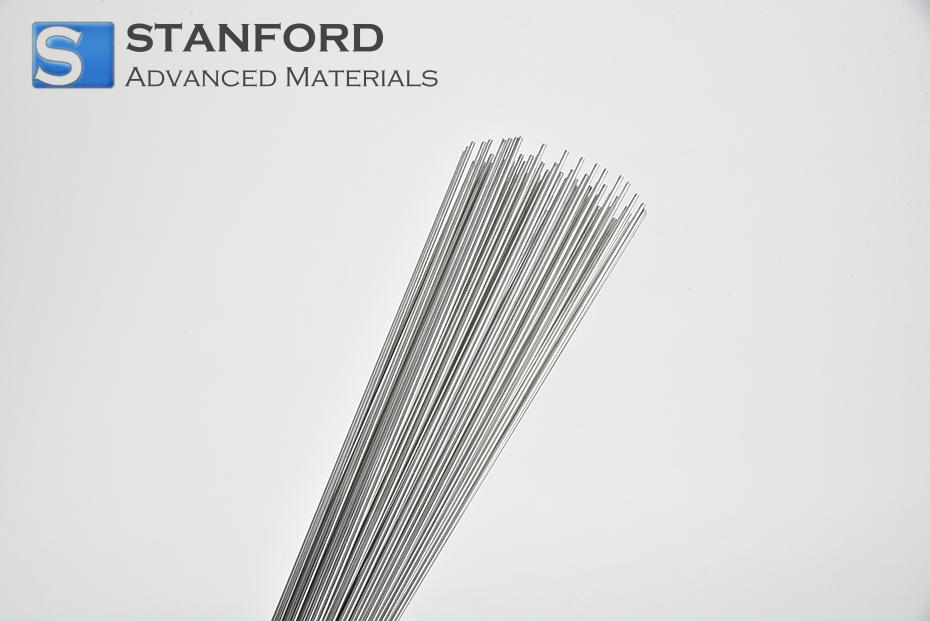
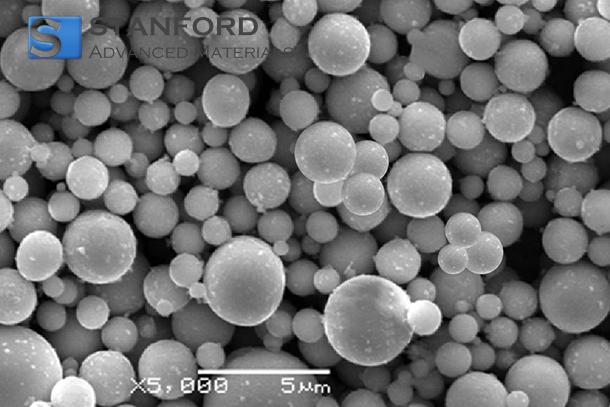
 Chin Trento
Chin Trento



